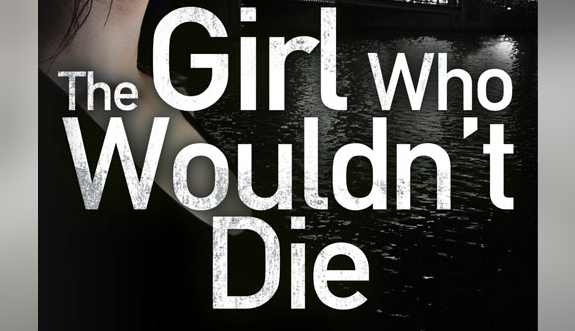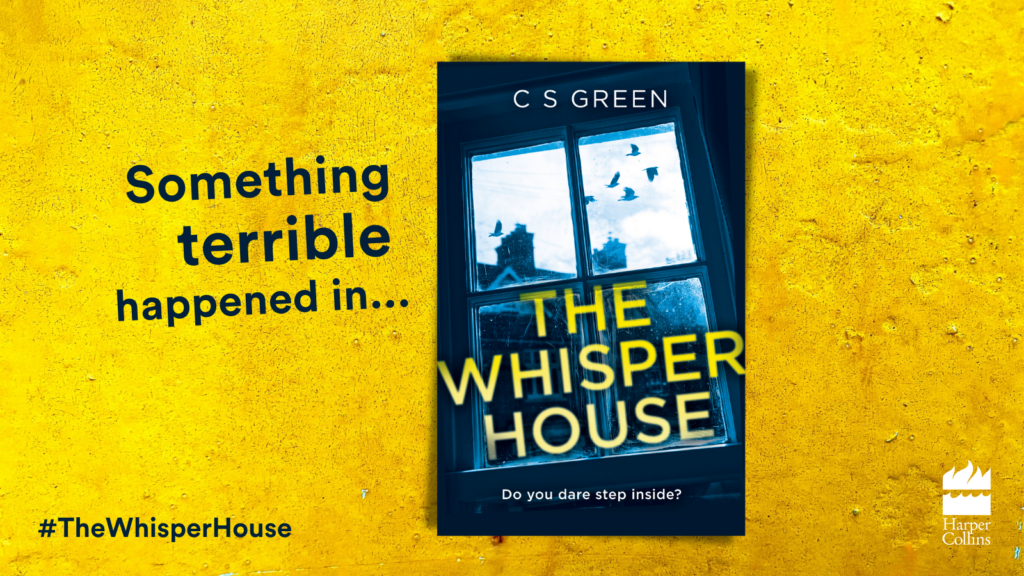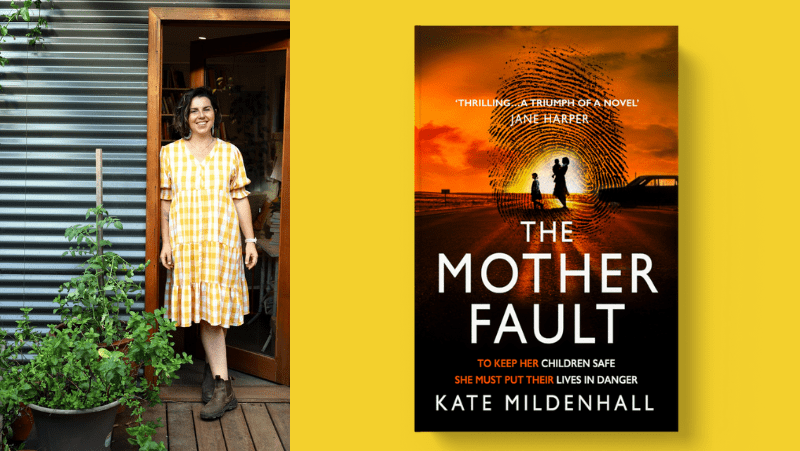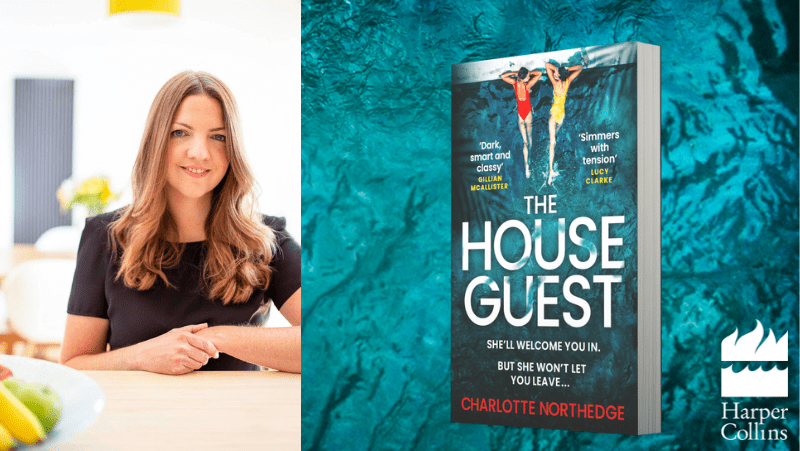Whilst reading Stieg Larsson’s books some years ago, what struck me was that Lisbeth Salander was an amazing heroine. Her character and backstory shone through the dense reportage-style prose and kept me reading voraciously. I hadn’t come across a female lead that had captured my imagination so completely in decades. Here was a truly rebellious spirit, with an utterly unusual and remarkable brain, who played the roles of victim, attacker and defending heroine all with great aplomb. She was a woman for all seasons and, above all, she had tremendous balls.
Off the back of the Millennium trilogy, I started to read Scandi-noir more widely, thinking this mesmerising little firebrand, Salander was perhaps symptomatic of the Scandinavian love of equality and progressive thinking. Strange, then, that I haven’t yet come across another heroine with equally impressive cojones in Scandi-noir fiction. Not in Nesbo’s books. Not in Camilla Lackberg’s stories. Not in Lars Kepler’s world. Not yet. But look at crime drama on TV, and there’s a completely different story…
Many moons ago, Lynda la Plante gave us DCI Jane Tennison in her series, Prime Suspect. The nation was smitten with this wine-swilling, tough-as-old boots-on-the-outside but vulnerable-as-hell-on-the-inside detective. It was perhaps the first time we had seen a strong, complex female lead in a crime series on TV, though we had had Thomas Harris’ Clarice Starling on the big screen.
TV crime dramas have come and gone since, but I am not aware of having been inspired, as a woman, by another female lead until Forbrydelsen – The Killing gave us Sarah Lund.
What a phenomenally fresh character Sarah Lund was, with her inability to connect emotionally with others and her drive to solve the crime, no matter what she might sacrifice personally to do so. She wore crap mohair jumpers. So, we all went out and bought crap mohair jumpers because we wanted to be just like Lund. Instead of making herself sexually available to Troels Hartmann, as was originally planned by Søren Sveistrup, actress Sofie Gråbøl insisted that Lund eschew romance like The Virgin Queen. She is quote as having said, “I am Clint Eastwood. He doesn’t have a girlfriend.” Well, though I like my heroines to be sexual beings, I think Lund’s sexual abstinence was an interesting departure from the norm.
But then… oh, my! Then, we got Saga Noren in Bron – The Bridge and she was even better!
Not only was Noren a bloody good detective, but she had sex with men when she felt like it, didn’t give a hoot about her terrible council estate hair, wore leather trousers, stripped off in the office not having showered first and drove a vintage Porsche 911 like a loon. Fabulous! She seemed to be on the autistic spectrum, which made her an interesting character, although I have it on authority from a friend with Asperger’s that the script-writers did not do a particularly accurate or nuanced portrayal of that condition. Nevertheless, it is never actually confirmed that Noren is an Aspie, and her often comic, off-hand manner, incredible focus and eye for detail make for a brilliant, rounded heroine, so perhaps we’ll let the script-writers off.
On the whole, the Scandinavians have done better at showcasing strong female leads in crime than we Brits and writers in the US have. In my opinion and the limited scope of my reading, of course.
So, onto George McKenzie. Given my admiration of psychologically complex women, when I created George, I took my own experiences of poverty and trauma, mixed them with a realistic dash of obsessive compulsive behaviour and placed on George’s shoulder a chip of shadow-casting proportions. I knew George had to have a big, abrasive personality, because women with quick, analytical minds who are not afraid to voice unpopular opinions are often viewed as such, where their male equivalents might be termed, “mavericks” or merely, “Alpha males”. I was sick of seeing tough women portrayed simply as bitches. George McKenzie is much more than that. She exercises enormous self-discipline in her professional arena but has no qualms about indulging herself recreationally in sex and drugs. It was important for me to write a female lead who was unapologetic, unafraid at times and petrified at others – a strong woman whom male readers might fancy and female readers might want to be.
Undoubtedly, George McKenzie has been inspired by her predecessors in literature and on TV. But she is essentially a departure from those introverted characters of Salander, Lund and Noren and the middle-class, middle-aged, white Jane Tennison – right for her time but who would fall short of our expectations of “kickass” nowadays. I hope George will prove to be a heroine who has readers coming back for more!
Marnie Riches is the author of the first six books of HarperCollins Children’s Time-Hunters series and now writes crime thrillers for adults. Her upcoming novel The Girl Who Wouldn’t Die is out April 2nd.



